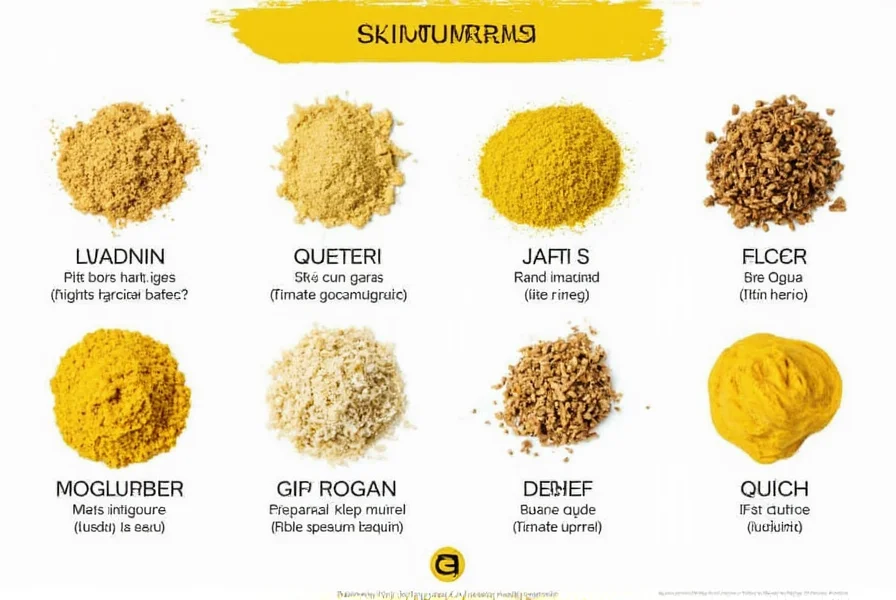| Type | Best for Hot Dogs | Why |
|---|---|---|
| Yellow Mustard | Classic Choice | Mild, tangy flavor and bright yellow color are traditional for hot dogs. It complements the meat without overpowering it. |
| Spicy Brown Mustard | Heat Enthusiasts | Coarse texture and robust heat cut through fatty hot dogs, adding complexity. Ideal for Chicago-style dogs. |
| Dijon Mustard | Sophisticated Tastes | Sharp, wine-infused flavor elevates gourmet hot dogs but may overwhelm traditional styles. Best for premium sausages. |
| Honey Mustard | Not Recommended | Too sweet for classic hot dogs; better suited for chicken tenders or salads. |
| Whole Grain Mustard | Texture Lovers | Chunky seeds add rustic appeal but can be too intense for standard hot dogs. Reserve for specialty sausages. |
Best Mustard for Hot Dogs: Top Picks and Why
When it comes to hot dogs, the right mustard can make or break the experience. For authentic American hot dogs, yellow mustard is the undisputed classic choice—its mild tang and vibrant color complement the meat perfectly without overwhelming it. But if you're exploring beyond tradition, other varieties offer unique twists. Here's exactly what you need to know to choose the best mustard for your hot dog.
Why Yellow Mustard Reigns Supreme
Yellow mustard dominates hot dog culture for good reason. Made from white mustard seeds and turmeric, it delivers a clean, tangy flavor that balances savory hot dog meat. Its bright yellow hue is visually iconic, and the smooth texture spreads evenly without clumping. This makes it ideal for:
- Classic American hot dogs at backyard barbecues
- Ballpark-style dogs where tradition matters
- Quick toppings for kids or casual meals
Pro tip: Use it straight from the bottle—no need for mixing. For the best results, refrigerate after opening to preserve freshness.
When to Try Other Mustards
While yellow mustard is the go-to, these alternatives shine in specific scenarios:
- Spicy Brown Mustard: Perfect for Chicago-style dogs (topped with pickled vegetables) or when you want serious heat. Its coarse texture adds satisfying bite.
- Dijon Mustard: Elevates gourmet hot dogs with its wine-infused complexity, but avoid for traditional styles as it can overpower delicate flavors.
- Honey Mustard: Generally not recommended for hot dogs—its sweetness clashes with savory meat. Save it for chicken tenders or salad dressings.
- Whole Grain Mustard: Best reserved for artisanal sausages; the seed chunks can feel too rustic for standard hot dogs.
Expert Buying Tips for Hot Dog Mustard
Not all mustards are created equal. Follow these steps to pick the best:
- Check the seed type: Yellow mustard should list white mustard seeds as the primary ingredient. Avoid brands with excessive fillers like corn syrup.
- Look for simplicity: High-quality yellow mustard has just 3-5 ingredients (seeds, vinegar, water, salt, turmeric). More ingredients often mean artificial additives.
- Test texture: It should flow smoothly from the bottle without clumping. If it's too thick, it won't spread evenly on hot dogs.
- Try local favorites: Regional brands like French's or Gulden's are proven for classic hot dogs. For Chicago-style, seek out spicy brown varieties like Ball Park or Annie's.
Real-World Usage Guide
How to use mustard like a pro:
- For hot dogs: Apply yellow mustard directly to the bun before adding meat—this prevents sogginess and ensures even coverage.
- For Chicago-style dogs: Layer spicy brown mustard under relish and onions to let the heat penetrate the toppings.
- Avoid mixing mustard with ketchup on hot dogs; it dilutes the flavor. If you want sweetness, add a touch of honey to mustard separately.
What's the best mustard for hot dogs?
Yellow mustard is the classic choice for most hot dogs. Its mild tang and bright color complement the meat without overpowering it. For Chicago-style dogs, spicy brown mustard adds perfect heat and texture. Avoid honey mustard—it's too sweet for savory hot dogs.
Why is yellow mustard the standard for hot dogs?
Yellow mustard's mild flavor balances savory hot dog meat, and its vibrant color is visually iconic. Made from white mustard seeds and turmeric, it spreads evenly without clumping. Most iconic hot dog stands worldwide use yellow mustard for authenticity and crowd appeal.
Can I use Dijon mustard on hot dogs?
Dijon works for gourmet hot dogs with premium sausages (like bratwurst), but it's not ideal for classic styles. Its sharp, wine-infused flavor can overpower delicate hot dog meat. Reserve it for upscale applications where complexity is desired.
What's wrong with honey mustard on hot dogs?
Honey mustard is too sweet for savory hot dogs. The sugar clashes with meat and toppings, creating an unbalanced flavor. It's better suited for chicken tenders, salads, or dipping sauces—never for traditional hot dogs.











 浙公网安备
33010002000092号
浙公网安备
33010002000092号 浙B2-20120091-4
浙B2-20120091-4